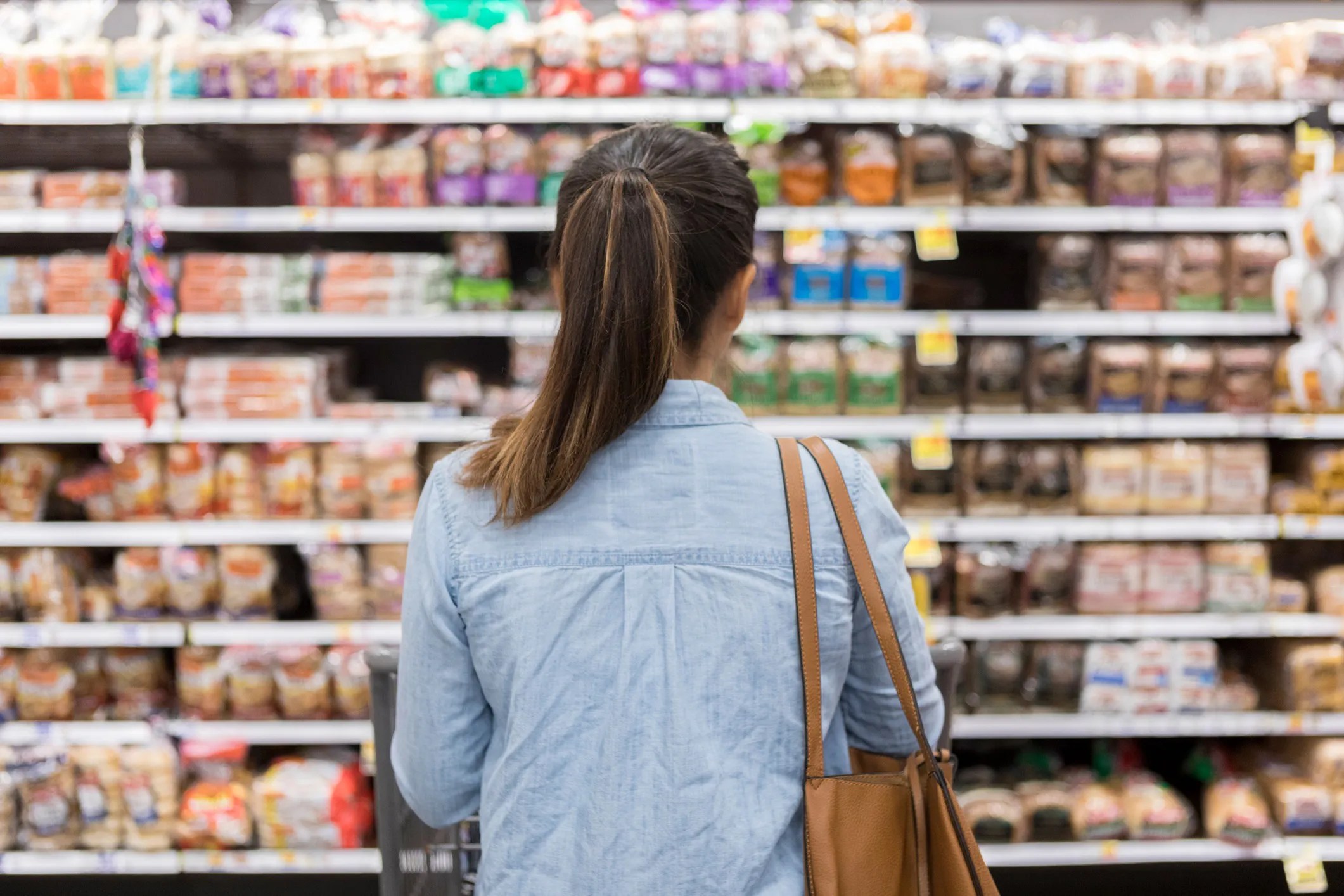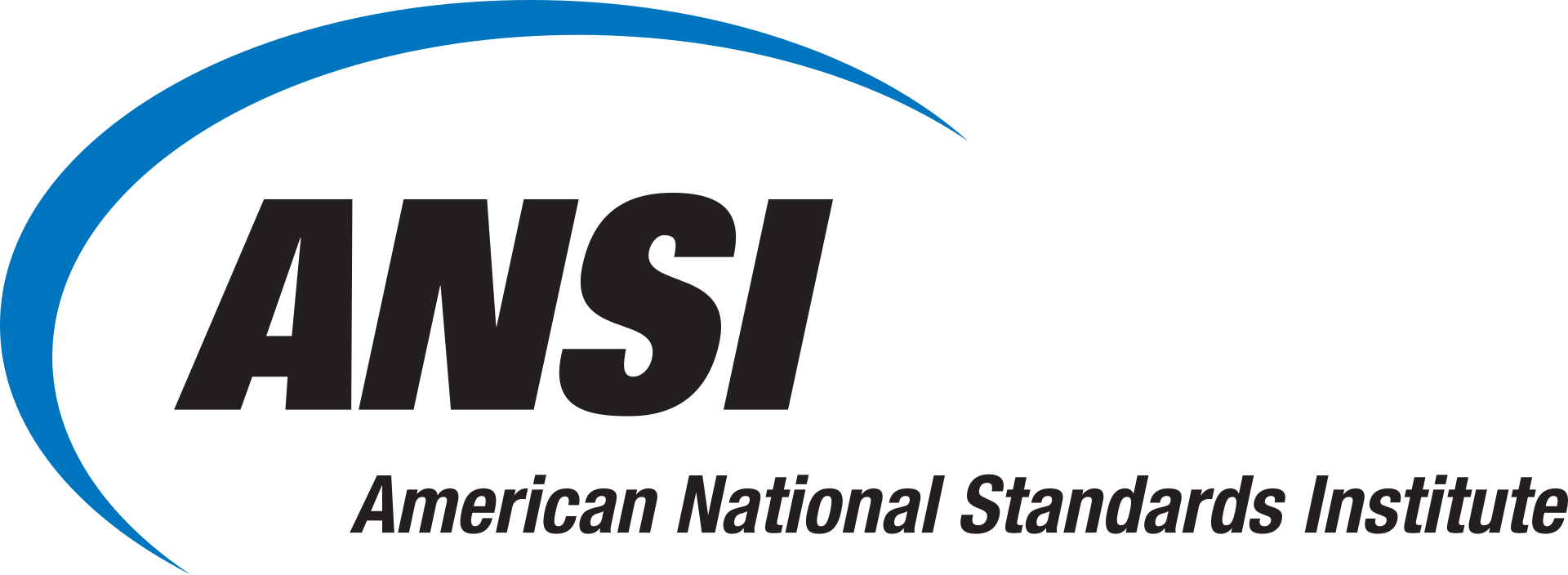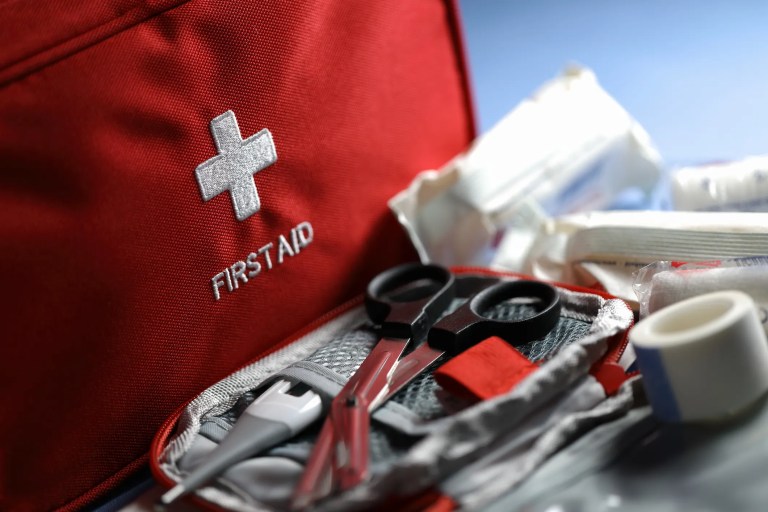Differences between European and American Food Standards

In the global food market, understanding the differences between European and US food standards is critical. For instance, picture this: you are perusing the bread section in your local grocery store in the US and you select your go-to sourdough after analyzing the ingredient list. A week later, you are now vacationing abroad in Europe and find yourself again in the bread aisle, but notice that the same brand of sourdough you chose has a different list of ingredients. You wonder: why do the ingredients on these loaves differ? Well, the answer is that European and American standards differ significantly in several areas.
Who Sets Food Standards in the EU and the US?
The European Food Safety Authority (EFSA) sets the scientific standards for food safety in Europe, providing independent risk assessments and advice that inform European Union (EU) legislation and policies. The European Commission uses this scientific advice from EFSA to develop and implement food safety regulations. In the US, food regulations are established and enforced by the Food and Drug Administration (FDA).
In Europe, the EFSA aligns and enforces food regulations for all 27 member nations of the EU. While the EFSA is not strictly associated with a single government, the US relies on a federal entity.
Why Analyze the Difference between European and American Food Standards?
The EU and the US are two major players in the international food market. Understanding their set of regulations and standards that govern the production, distribution, and sale of food products is helpful as consumers to make well-informed choices when it comes to food and thus our health.
Approach to Food Additives & Chemicals
Europe uses the precautionary principle, which means that if a food product’s safety is uncertain, it can be banned or restricted until proven safe. Additionally, the EU has banned many additives, including potassium bromate, azodicarbonamide, BHA, BHT, titanium dioxide, and certain food dyes.
The US uses a Generally Recognized As Safe (GRAS) system, established by the FDA, which allows the use of substances with a long history of safe use. The GRAS system allows food manufactures to determine the safety of certain food additives without preapproval from the FDA. The US is also more lenient with additives (many EU-banned additives are still allowed).
Food Additive Comparison in the EU and US
- EU: The EU has banned or heavily restricted the use of several additives that are allowed in the US., such as yellow dye #5 (tartrazine), BHA (Butylated hydroxyanisole), and potassium bromate (a flour improver).
- US: The U.S. generally allows a wider variety of additives. For example, potassium bromate is still permitted in the U.S., even though it’s banned in the EU due to cancer risk concerns.
GMO and Biotechnology Regulation
In Europe, GMOs are highly restricted and regulated; and as such, products containing GMOs must be clearly labeled. On the other hand, in the US, GMOs are widely used, especially in corn, soy, and canola. Labeling of GMOs is not always mandatory, though more transparency is increasing slowly. The FDA, USDA, and EPA regulate GMOs but take a more permissive stance.
ISO 21569 outlines methods for detecting GMOs and derived products using qualitative nucleic acid-based techniques. This international standard assures that different laboratories and other organizations can produce comparable and accurate results when analyzing food samples for GMO presence. Food safety and regulatory agencies rely on ISO 21569 to verify compliance with regulations regarding GMO labeling and safety.
Processed Foods, Portion Size & Culture
Food is generally less processed in Europe, and there are fewer ultra-processed foods. Additionally, portion sizes are smaller and sugar levels are lower. The European food culture emphasizes fresh, whole ingredients.
In the US, there is a high consumption of ultra-processed foods. In fact, an estimated 60-90% of the American diet comes from highly processed foods and beverages; this trend is concerning as it is linked to various health issues, including obesity, diabetes, and other chronic diseases. Furthermore, portion sizes in the U.S. are larger, often higher in sugar, fat, and sodium, and the American food system geared towards convenience and mass production.

Animal Welfare & Antibiotic Use
Europe implements stricter animal welfare laws than in the US This means that antibiotic use is limited to prevent antimicrobial resistance, and growth hormones in meat production are banned. The general aim of the European Commission’s animal welfare policy is to ensure that animals do not need to endure avoidable pain or suffering and obliges the owner/keeper of animals to respect minimum welfare requirements.
The US has less strict regulations for livestock welfare than Europe as growth hormones are allowed in beef and dairy. Additionally, antibiotics are often used preventatively and for growth promotion (though regulation has increased).
ISO/TS 34700 provides requirements and guidance for the implementation of animal welfare principles for terrestrial animals bred or kept for food or feed production. This technical specification is useful for any organization involved in the food supply chain, particularly those hand handling food-producing animals (e.g., farms, livestock transporters, and abattoirs). You can learn more about this technical specification in our blog post: ISO/TS 34700:2016— Animal Welfare Management.
Pesticides & Herbicides
In regards to pesticides and herbicides (i.e., chemicals used to control unwanted organisms), Europe uses a precautionary approach and has strict limits on pesticide residues in food products. The European Union has banned controversial chemicals like chlorpyrifos and neonicotinoids, and glyphosate (e.g., roundup) is under review and may face bans.
In the US, a wider range of pesticides is approved, including glyphosate. Regulatory agencies generally favor risk management over precaution. It is important to note that while the effects of pesticides on human health are not fully fleshed out yet, it is still becoming clearer that they can interfere with the gut microbiome.
ISO 1750 provides common names for pesticides and other agrochemicals. This international standard is used by a wide range of entities involved in the agricultural and chemical industries, including regulatory bodies, manufacturers of pesticides and plant growth regulators, researchers, scientists, and extension services. Essentially, anyone who needs to refer to these chemicals in a consistent and internationally recognized manner benefits from using this standard.
Food Labeling, Transparency, and Traceability
The EU regulations demand comprehensive labeling, including clear ingredient lists, allergen information, and nutritional facts. Hence, Europe has stricter labeling requirements than the US, including for GMOs and food origin. In some countries (UK) traffic-light labels show fat/sugar/salt levels clearly.
Food labeling is less detailed in the US While allergen labeling is required, other aspects like (e.g., GMO, origin) are less transparent. Nutrition labeling reform, however, has improved clarity to some extent.
Implications for Manufacturers & Exporters
Manufacturers and exporters in the EU and US must navigate complex regulatory landscapes, ensuring compliance with both regions’ requirements, which may involve adjusting products, packaging, and documentation to meet differing standards, potentially adding cost and complexity to international trade.
For Exporters/Manufacturers: What You Must Know
- In the EU, food manufacturers must comply with the EFSA guidelines, which require detailed labeling, traceability, and adherence to strict hygiene practices. The EU’s precautionary approach often results in lengthy approval processes for new ingredients or additives.
- In contrast, the US follows regulations set by the FDA and USDA, with a focus on food labeling, ingredient safety, and quality assurance. While the US system is generally more flexible than the EU’s, it still requires compliance with numerous standards, such as the Food Safety Modernization Act (FSMA).
Why ISO 22000 Food Safety Standards Are Essential for Global Food Quality and Consumer Trust
To assure consumers have the knowledge and readily available access to high quality food products, food manufactures can adhere to international standards, including the ISO 22000 Food Safety Management System series. These standards focus on prerequisite programs for food safety, offering specific requirements for various sectors within the food chain (e.g., food manufacturing, catering, retail). Hence, ISO 22000 is applicable to all organizations in the food chain, from farm to table, assuring they can control food safety hazards. This international standard is paramount for providing a globally recognized standard for food safety, facilitating international trade and building consumer trust.
Where to Find ISO 22000
You can learn more about ISO 22000 in our blog post Changes to ISO 22000:2018 – Food Safety Management Systems (FSMS) Requirements.
ISO 22000 is also available on the ANSI Webstore and in the in following Standards Packages:
Overview: EU vs US Food Standards Differences
Ultimately, European and American food standards differ significantly. Europe generally adopts a more precautionary, stricter approach to food safety and ingredient approval, while the US tends to favor a more risk-based system, allowing ingredients until proven harmful. The differences between the EU and US food regulations are not just a matter of compliance but encompass the pillars of food safety, quality, and integrity in today’s globalized food industry.
FAQ: Food Safety Regulations in the EU and US
Here are some frequently asked questions about food safety in the EU and US:
Are GMOs required to be labelled in the EU and US?
GMOs are required to be labeled in the EU, but the US has a different system using the term “bioengineered” that became mandatory in 2022. The EU requires labeling for products containing over 0.9% of GMOs, while the US policy allows for a higher threshold and uses a seal or text like “derived from bioengineering.”
Which food additives are banned in the EU but still used in the US?
Additives banned in the EU but used in the US include Titanium Dioxide (a whitener), Potassium Bromate (in baked goods), Azodicarbonamide (dough conditioner), Brominated Vegetable Oil (BVO) (in citrus drinks), Propylparaben (preservative), Red Dye 3, and rBST (a hormone for dairy cattle). These substances face health concerns like potential carcinogenicity, DNA damage, or endocrine disruption, leading to differing regulatory approaches between the EU and US.
How do food-labelling requirements differ between the EU and the US?
Food labeling in the EU is stricter and more transparent, with mandatory front-of-pack warnings for certain ingredients, required listing of ingredients by quantity, specific E-numbers for additives, a hazard-based approach to additives and GMOs (often requiring labeling), and nutrition information per 100g/mL. In contrast, US labeling is less detailed and uses a risk-based approach, provides nutritional information per serving, often uses less specific ingredient names, and has less stringent disclosure for GMOs and certain additives.
What does the ‘precautionary principle’ mean for EU food regulation vs the US model?
The ‘precautionary principle’ in EU food regulation and the US model’s risk-based approach represent two distinct philosophies for managing potential hazards. In the EU, regulators can restrict or ban a substance if there is scientific uncertainty about its safety, while in the US, a substance is generally permitted until a significant risk or harm is prove
What should food exporters to the EU from the US know about pesticides and residue limits?
US food exporters to the EU must comply with strict pesticide Maximum Residue Limits (MRLs) (set by the EU) for all regulated substances, ensuring residues are as low as possible, using only EU-approved pesticides, implementing rigorous testing, maintaining traceability, and having contingency plans for border rejections, as violations, especially using EU-banned substances, lead to shipment rejections.






